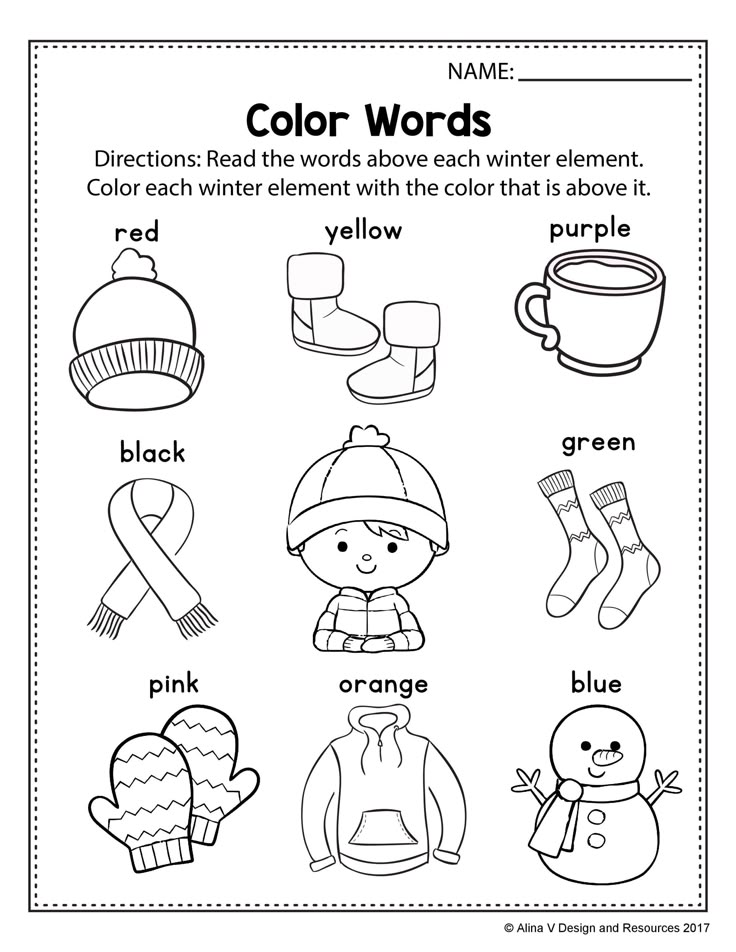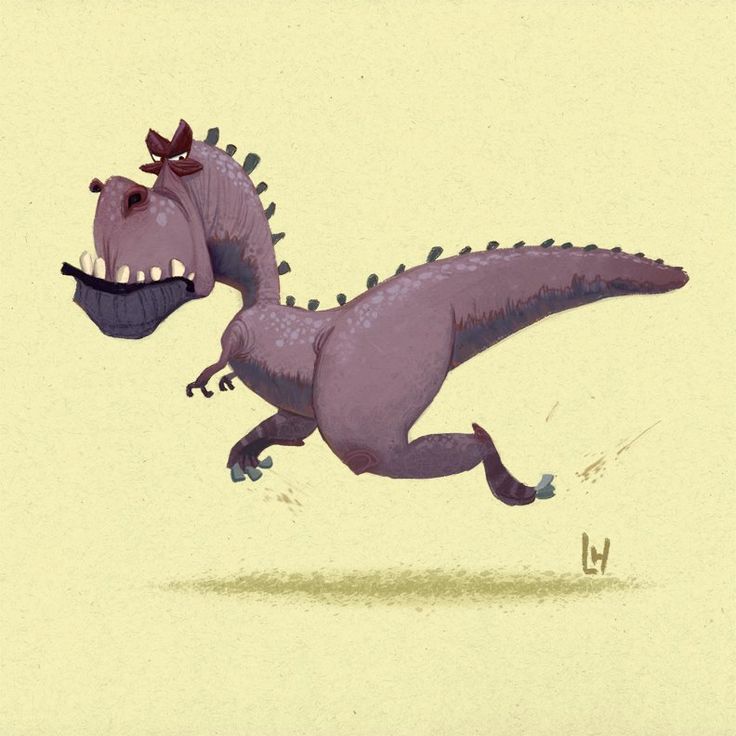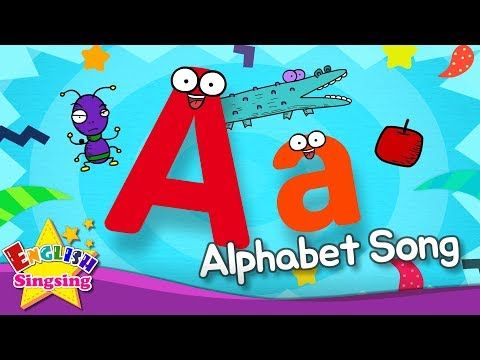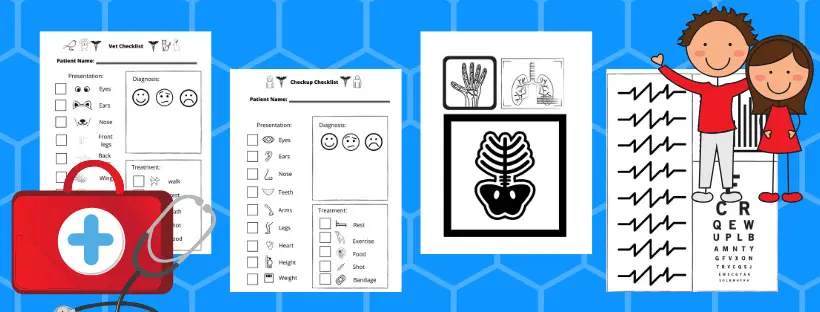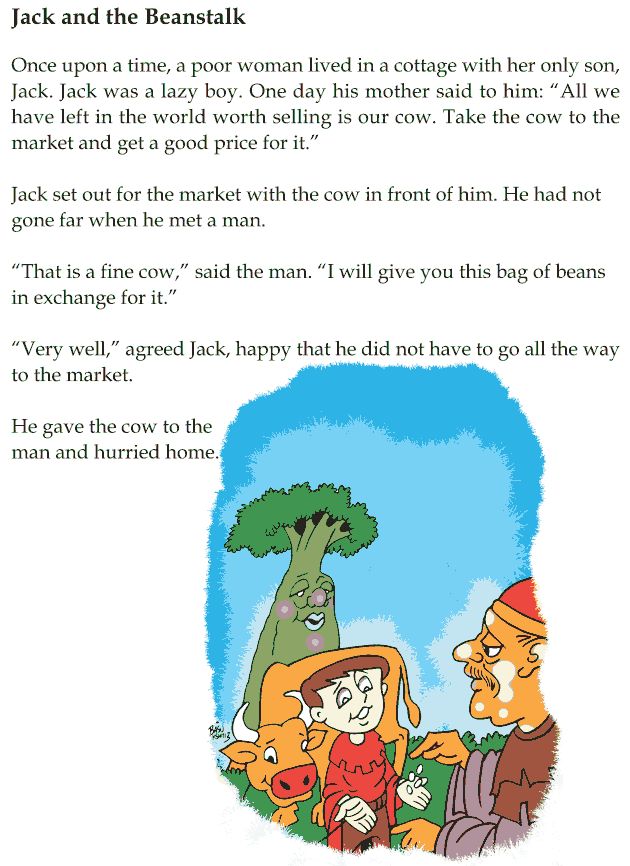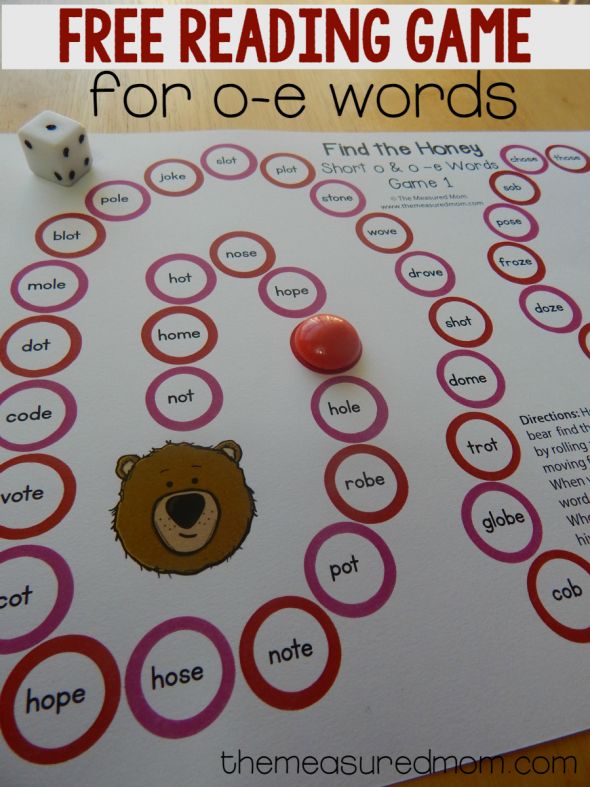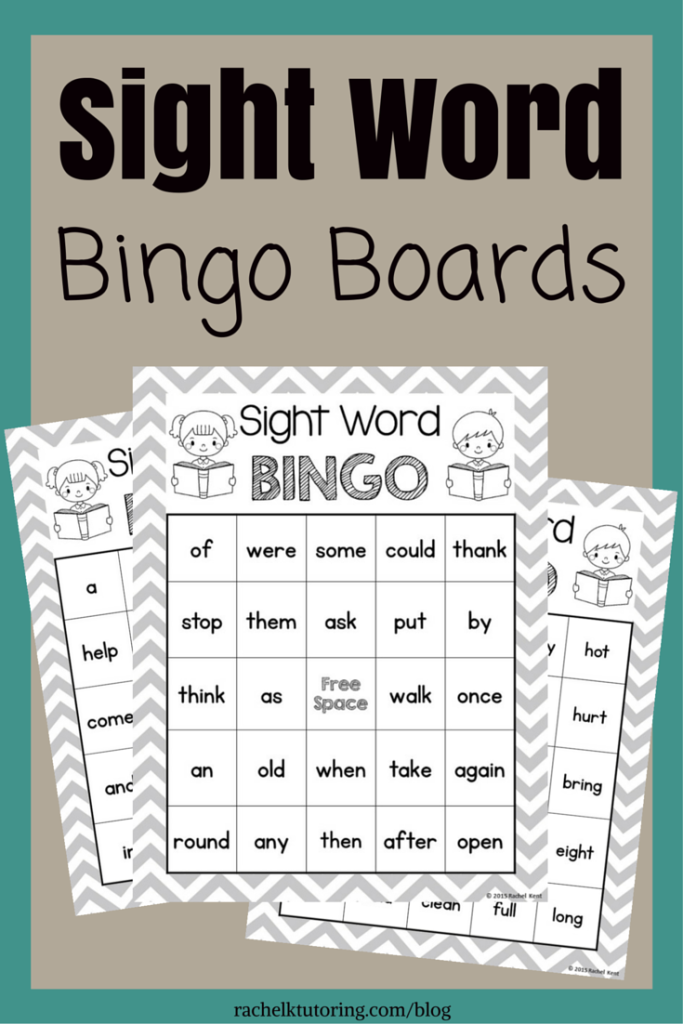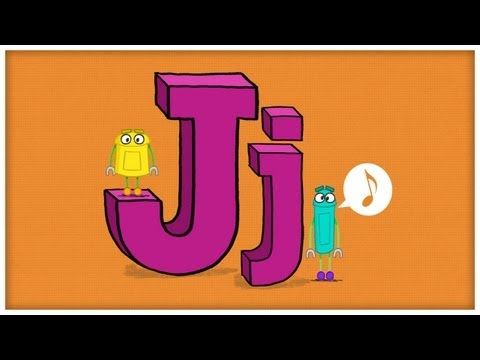Math help for 1st graders
The Most Important Math Concepts Kids Learn In 1st Grade
Your child has progressed from kindergarten to first grade. That’s exciting news! There is so much learning to come their way, especially from their first grade math class.
Math skills and concepts build on each other from grade to grade, which is why children need to get a firm foundation so they can handle the more complex challenges as they progress in school.
As a concerned parent, you might be wondering what some of these mathematical concepts will be and, more importantly, how you can help your child master them. You don’t have to figure it out on your own.
Here, we will give you a breakdown of what to expect from your child’s math class. We’ll also add a few tips on how to help your young learner thrive through it all.
Let’s get started!
Why Is Math Important?
Math is taught in the classroom, but that doesn’t mean that’s the only place it’s relevant. We use it every day!
From the hexagonal bee combs to the circles, semi-circles, and crescents of the phases of our moon, mathematics is an essential part of the world we live in, and learning it helps us make sense of everything around us.
Did you know that math skills can also be linked to music? Children who play musical instruments use the same part of the brain when doing math. This is why studies have shown that music students do better in mathematics than their non-musical peers.
Sports and mathematics also have an interesting connection. Just think about all the coordination involved in performing well in certain sports. Research has shown that these skills can also be used to learn math.
In addition, mathematics helps us be stronger logical thinkers. Since most young kids tend to enjoy math time, it’s essential to foster this natural love for the subject just as much as we want to encourage children’s love for reading.
Helping children develop a love for mathematics generally works well when approached actively as a problem-solving skill rather than a rote memory task. Math helps children thrive in various aspects of their lives.
So, how do we get there? It all starts with the foundation.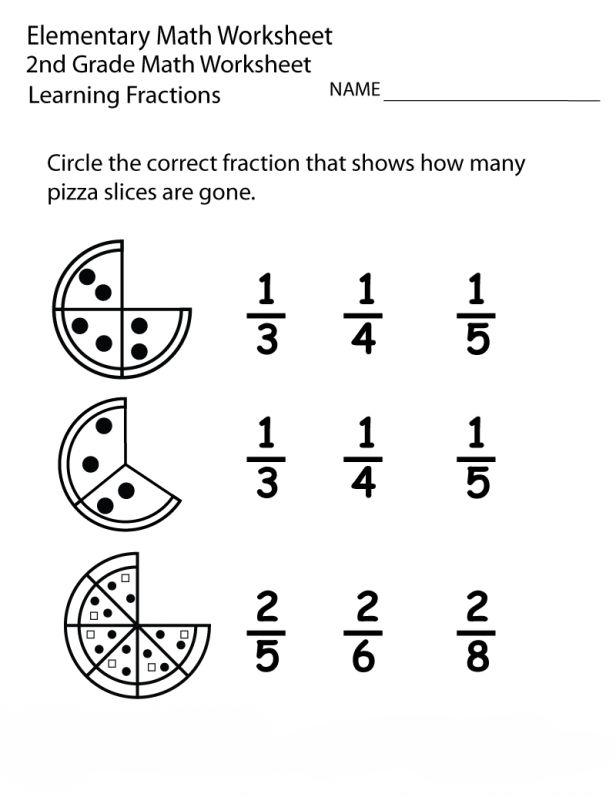
Below are the key first grade math concepts your child will soon learn and some tips on how you can support them on their journey.
8 Important First Grade Math Concepts
1) Numbers And Counting
At first grade level (and for the next few years in school), learning different numbers and counting will form a significant part of your child’s mathematics lessons.
By the end of the first grade, your child will have learned to:
- Count and write numbers from 1 to 100
- Count by 1s, 2s, 5s, and 10s
- Count backward
- Count onward from any number
- Count backward from any number
There are different ways to help your child grasp numbers and counting at home, and hands-on activities work best.
An effective strategy is to help your child visualize what all these numbers mean. For example, instead of just memorizing the numbers, they can count bears, large dried beans, or even craft sticks.
2) Addition And Subtraction
In first grade math, your young learner will start adding and subtracting numbers up to 30.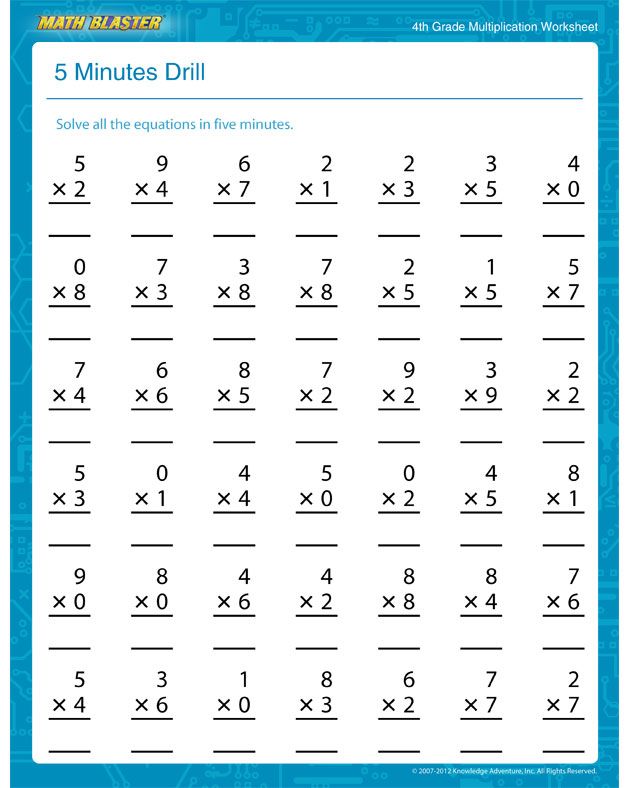 They will also solve basic word problems with the help of drawings, objects, and equations.
They will also solve basic word problems with the help of drawings, objects, and equations.
By the end of the first grade, your child will have been shown how to:
- Add three one-digit numbers
- Write and show an understanding of the mathematical symbols (+, -, =)
- Solve problems involving one and two-digit numbers
- Solve problems involving an unknown. For example, 1 + _ = 4
Addition and subtraction are two math skills that can be demonstrated in everyday life situations. This makes it relatively easy to practice at home!
For instance, you might ask, “If you have two teddy bears and granny buys you three more, how many teddy bears will you have in total?” Or, “There were six strawberries in the fridge. Daddy ate some strawberries. There are now four left. How many did daddy eat?”
3) 2-D Shapes
During pre-k, children get introduced to different shapes. In first grade, they will continue to extend their understanding of them.
By the end of the first grade, your child may be able to:
- Examine the attributes of different shapes (number of sides, faces, etc.)
- Name the 2-D shapes
To help your child grasp these shapes at home, continue to point out and name the 2-D shapes in the world around you (circles, triangles, pentagons, etc.).
When doing so, remember to always highlight the attributes (e.g., this book has four equal sides, so it’s a square).
4) Sorting And Patterns
Understanding and sorting patterns also forms a part of first grade math.
Your first grader will learn to:
- Sort different objects by attributes such as color, shape, and function. For example, sorting a mixed group of blocks so that the red, blue, green, and yellow blocks are separated.
- In addition, if these blocks are placed in a pattern (e.g., green, yellow, green, yellow, etc.), your child should be able to both predict which color will come next and create their own identical pattern.
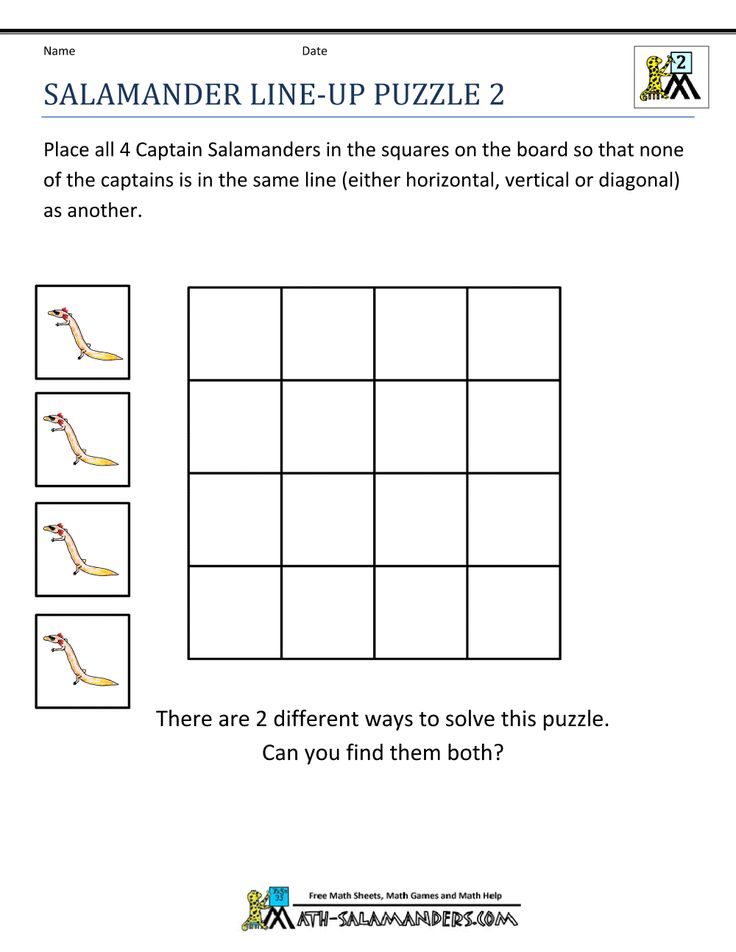 This skill will help develop your child’s logical thinking.
This skill will help develop your child’s logical thinking.
Continue to allow your young learner to play with fun building blocks and create their own patterns to help them master this skill.
5) Fractions
Montessori material. Children’s hands. The study of mathematics School and kindergarten. Whole and part. FractionsAs a first-grader, your child will be introduced to fractions as equal shares and basic fractions such as ½, ⅓, and ¼. For children to fully grasp these concepts, it’s essential to keep things intuitive.
For example, you can start by helping them understand that a half is two equal parts, a third is three equal parts, and so forth. They also need to understand that although three is bigger than two, ⅓ is smaller than ½.
Fractions can be tricky for kids to learn, which is why it’s important to use practical and everyday items.
For example, you can help your young learner examine the fractions of a full pizza. Then, as you divide the pizza into different slices, talk about the parts that you’ve created from the whole.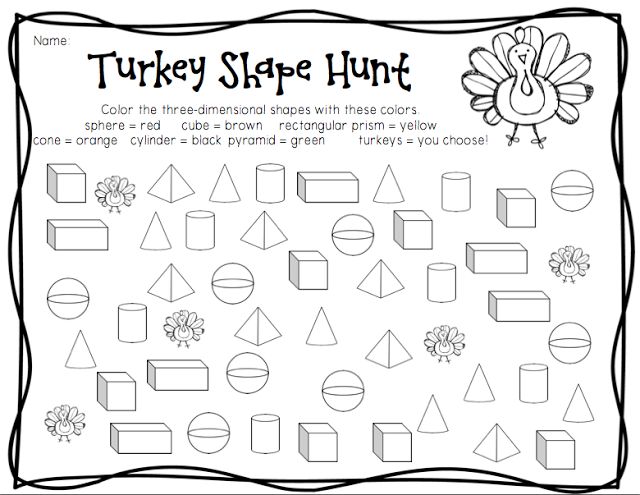
The concept of equal shares can also be demonstrated from one object and a group. For instance, you can have ½ of a single item (e.g., ½ of a cookie), or you can have ½ of a group of objects (e.g., ½ of four cookies is two cookies).
6) Number Place Values
With all the counting in first grade math, your child will naturally be introduced to the concept of place values. For instance, understanding that in the number 288, the 2 is worth 2 “hundreds” (or 200).
There are various activities you can do at home to help your young learner with this concept, including:
- Using number lines
- Base ten blocks
For more ideas to help with number place values and other 1st grade math concepts, take a look at the book Games for Math: Playful Ways to Help Your Child Learn Math, From Kindergarten to Third Grade by HOMER’s very own Peggy Kaye.
7) Time
Telling time (both digital and analog) is an important life skill that kids learn from first grade.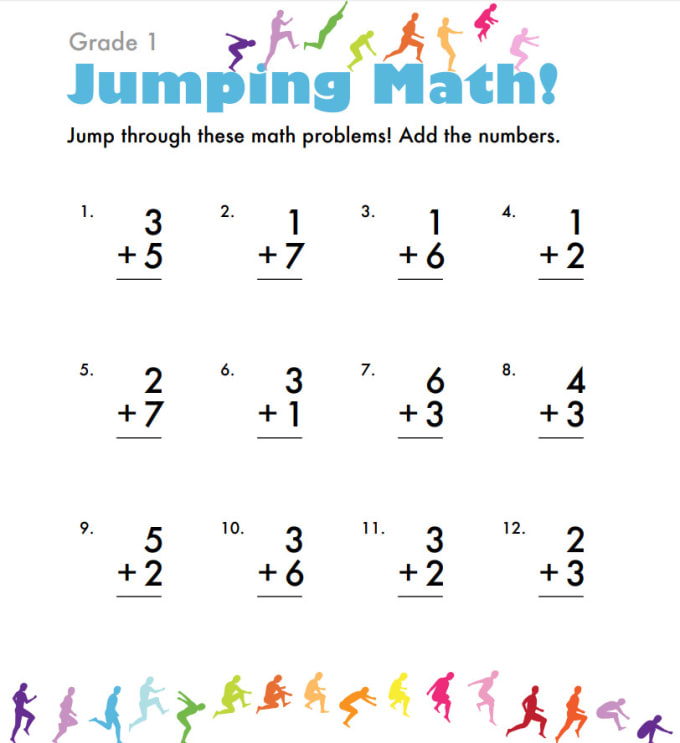 The concept of elapsed time will also be introduced at this stage.
The concept of elapsed time will also be introduced at this stage.
In first grade math, your child will learn to:
- Tell time to the nearest hour, half-hour, and quarter-hour (sometimes even to five minutes)
- Make the connection between time and events (e.g., shorter, longer, after, before)
Understanding the analog clock can be tricky for a child who’s only exposed to digital clocks. So help your young learner by buying one (or making one for learning) to hang up at home.
You can then speak to your child about what it means when the hands move. To make things easier, start by helping them tell time to an hour and half-hour before progressing to quarter-hours.
8) Measurements And Comparisons
First grade math also involves some measuring and unit comparisons.
Your child will learn how to measure using a ruler and, after taking measurements, compare and order objects by length. First-graders will also learn how to compare the weights and volumes of different objects.
To help your young learner at home, keep rulers nearby and take measurements together of some of the objects they love (e.g., stuffed toys, cookies, etc.).
Bonus tip: If you’re a regular baker, why not help them see how you use measuring tools to create their favorite treats? Yum!
Helping Your Child With First Grade Math
We’ve already mentioned a few ways in which you can help your first grader with math at home. In addition to the above, playing math games is a fun and easy way to practice math at home!
Here are some examples of more math activities your young learner will enjoy at home:
- Fill in a number grid puzzle
- Build objects with legos and measure
- Number Hunt, Hopscotch, Is It A Number, and Find A Number
Math Is All Around Us
Helping your child grasp first grade math concepts at home is easier when you focus on the fact that mathematics is a part of our everyday lives. It is in the shape of road signs, the parts of sliced pizza, and even the watches on our wrists!
Sometimes kids (and parents) forget that math can be lots of fun.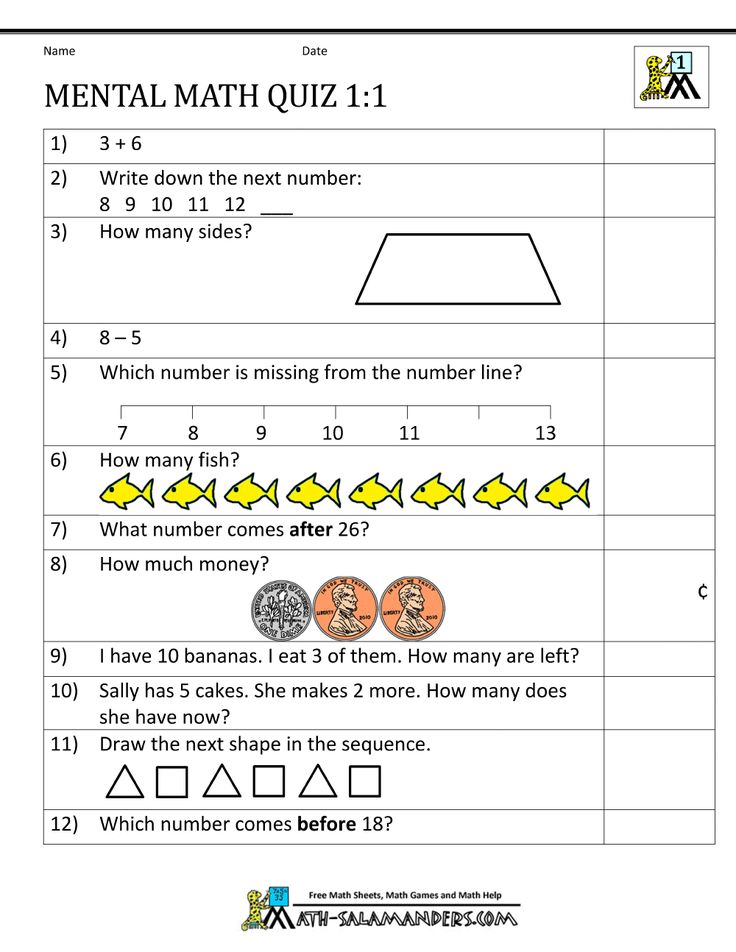 So whenever you can, incorporate games and activities to bring a little excitement to all the learning.
So whenever you can, incorporate games and activities to bring a little excitement to all the learning.
Will this help your child become our next best mathematician? Only time will tell. But one thing is for sure — all of the great mathematicians started somewhere. Even Isaac Newton had to master first grade math!
For more ideas and inspiration, visit the HOMER Learn & Grow app.
Author
Math Games for 1st Graders Online
1st Grade Math GamesTeaching 1st grade math through online games can be a great way to help students master their math skills, especially if you're looking for a more engaging way to teach the material. Playing educational math games for 1st graders helps students to engage with the material at hand and gives them something fun to do while they learn.
Online games can be used to teach math topics like counting numbers upto 120, addition and subtraction strategies, ordering and comparing numbers, counting money, telling the time, measuring length and identifying 2D and 3D shapes. There are also interactive counting games that utilize number lines and hundreds chart, and grouping in tens using bundles of colorful objects. Online games like addition games, subtraction games, measurement games, counting games, number sense games, place value games, algebra games, etc. can do wonders for your child’s mathematical grasp and fluency.
There are also interactive counting games that utilize number lines and hundreds chart, and grouping in tens using bundles of colorful objects. Online games like addition games, subtraction games, measurement games, counting games, number sense games, place value games, algebra games, etc. can do wonders for your child’s mathematical grasp and fluency.
These learning math games for 1st graders stimulate a child’s learning capacity and cognitive skills, build up self-concept, and increase their motivation by involving them in solving simple everyday math problems.
Benefits of Learning Math Games for 1st Graders- Increase in Math Talk: The best math games for first graders encourage and promote math talk. By playing games, kids are encouraged to have fruitful conversations about math and academic jargon.This creates a positive learning environment as well as fosters interest in math learning.
- Enhances critical thinking: Critical thinking is a valuable skill that is developed and enhanced by fun math games for 1st graders.
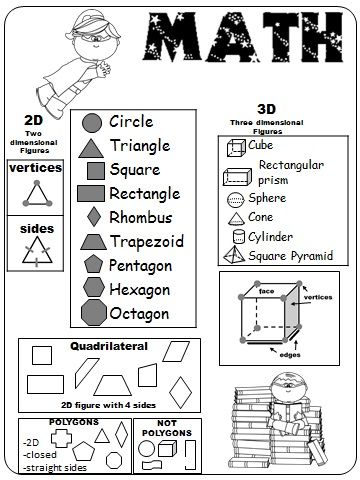 Children are encouraged to solve problems by picking up mathematical strategies. This is one of the most important benefits of math games.
Children are encouraged to solve problems by picking up mathematical strategies. This is one of the most important benefits of math games. - Building motivation: When a child succeeds at a game, their confidence is boosted which leads to an increase in motivation to learn more. Educational math games for 1st graders do an excellent job in keeping children interested in learning and practicing math to increase their proficiency.
- Play on multiple devices: Games can be accessed and played online on multiple devices.
- Easy Connect for Parents: Parents are instantly notified about their child’s progress.
- Offline access: For a hassle-free experience, games can also be played offline.
Math games are wondrous when it comes to learning. Exploring mathematical concepts of addition, subtraction, 2D and 3D shapes, comparing data, time, and measurements through online math games for 1st graders can be both fun and interesting.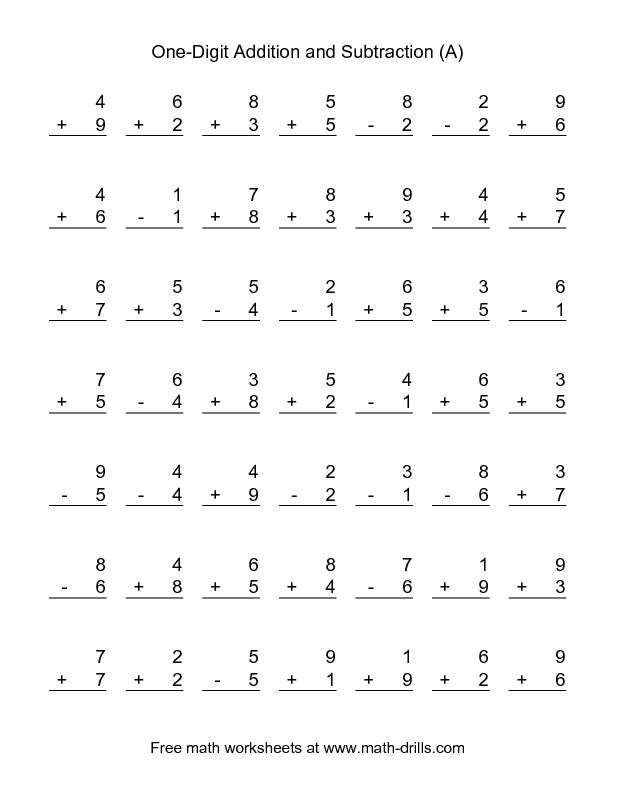 They help capture the learner’s attention by making the content more engaging, which enhances conceptual understanding and concentration levels.
They help capture the learner’s attention by making the content more engaging, which enhances conceptual understanding and concentration levels.
Yes! First grade math games are wonderful tools to develop math skills in your child. They help facilitate your child’s growth from one level to another level. They also help to build a foundation for math skills playfully and in alignment with the core curriculum.
3. Are math games easy to use and understand?Math games online can be quite easy to use and understand. They can be the perfect start for your child to master new math skills.
4. How can I make my 1st grade math learning fun through games?Math games for grade 1 that cover areas like counting on and counting back through objects, addition and subtraction through a number line, comparing numbers within 20, partitioning shapes into halves and fourths, etc.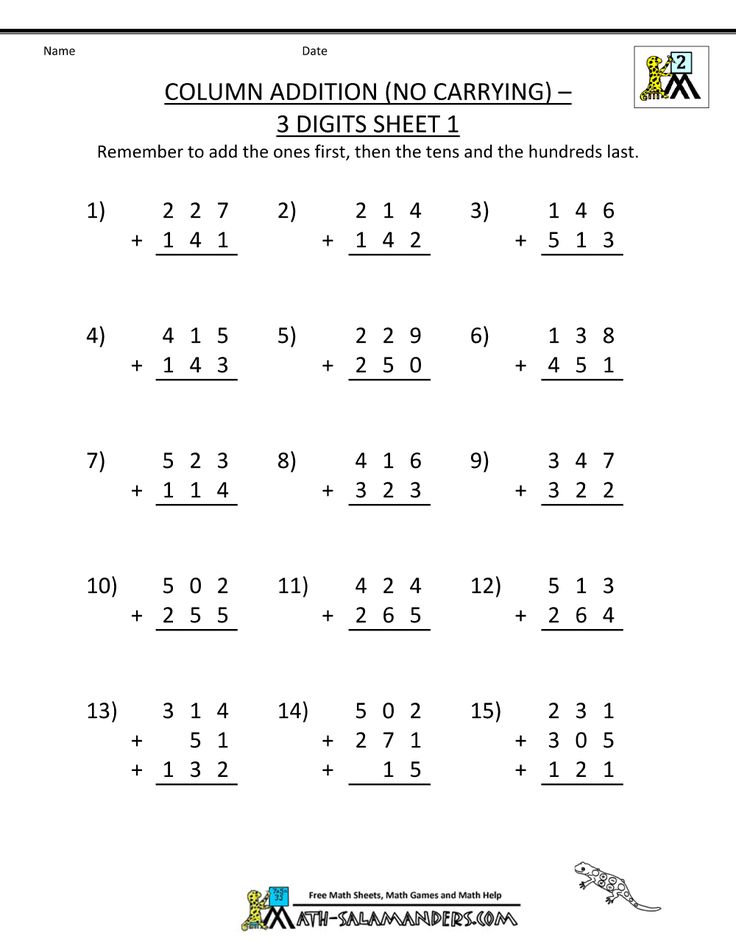 can be used to make math learning fun. Such games can simplify concepts and get the point across to different types of students with ease.
can be used to make math learning fun. Such games can simplify concepts and get the point across to different types of students with ease.
Math can be taught to first graders by incorporating the use of activities and online games. They can make the curriculum more fun and less intimidating which can be great as children feel more excited to learn when they are more comfortable with the teaching method.
Try SplashLearn for Free
tasks for counting and logic
Actual
Table of Table- How to teach a child to mathematical account
- Tasks for primarily first -graders
- Option 1
- Option 2
- Option 3
- Option 4,0009
- Settlement tasks for first -graders
- Option 2
- Option 3
- Option 4
- Comparison tasks for first graders
- Logic tasks for first graders
- Instead of a conclusion
Sending a child to first grade, parents always dream that their child will study well and receive only the highest marks in all subjects.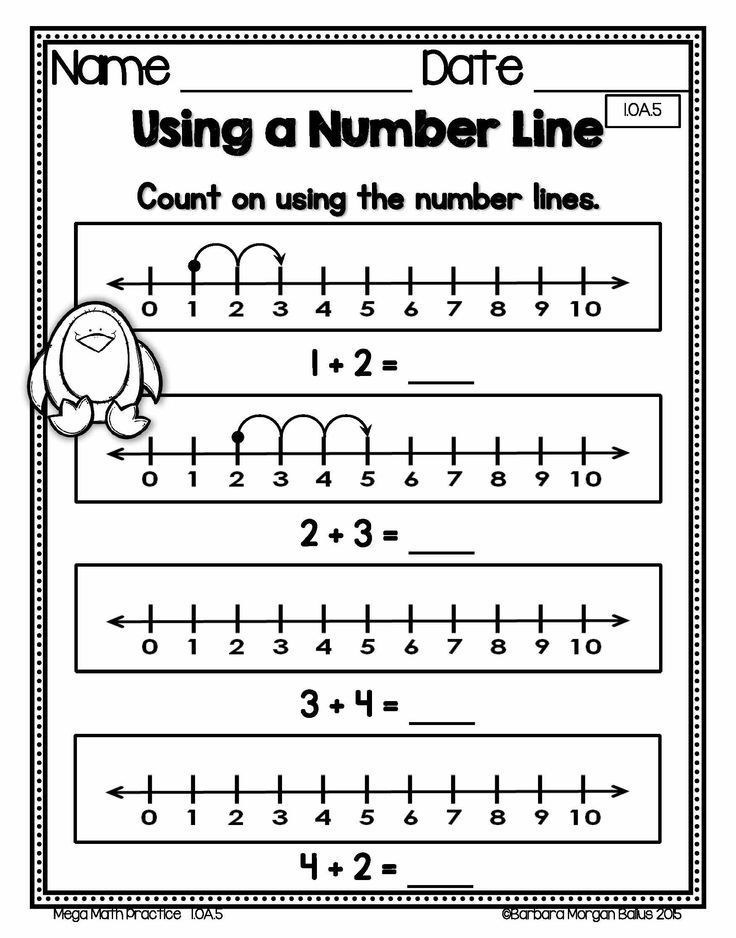 And if it is not at all difficult to teach a child to read, then it is not always easy for children to understand and solve mathematical problems. In order for a first-grader to succeed in mathematics at school, parents either hire a tutor, which is not always financially justified, or try to work with their children on their own. In this material, we will tell you how to pull up a first-grader in mathematics at home, talk about different types of problems and methods for solving them.
And if it is not at all difficult to teach a child to read, then it is not always easy for children to understand and solve mathematical problems. In order for a first-grader to succeed in mathematics at school, parents either hire a tutor, which is not always financially justified, or try to work with their children on their own. In this material, we will tell you how to pull up a first-grader in mathematics at home, talk about different types of problems and methods for solving them.
How to teach a child to count
Parents of first-graders should remember that at the age of 5-7 years, abstract thinking is still poorly developed in children. Remember the tale of Pinocchio, when he counted the apples that “Someone” allegedly took. Similarly, a 5–7-year-old child is not yet able to imagine the condition of the problem.
It is best to use visual aids that the child can see and touch. These can be counting sticks, cubes or pictures cut out of cardboard (for example, a set of cardboard hedgehogs, flowers, leaves, etc.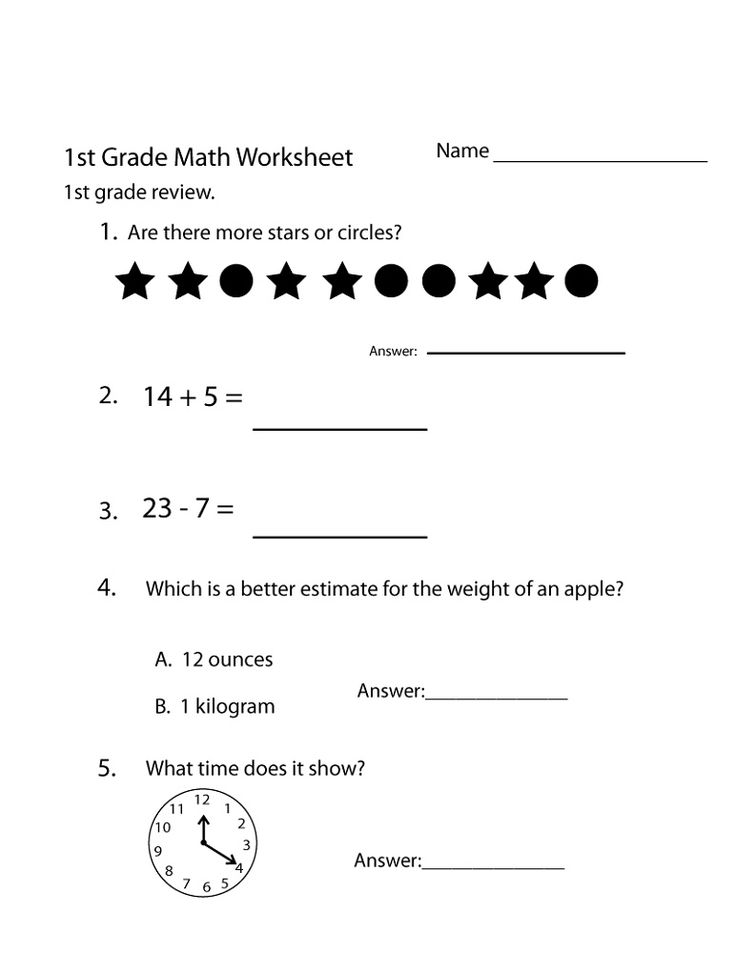 ). Lay out in front of the child the entire condition of the task from visual materials: there was so much, so much was added or taken away. So it will be easier for him to understand the condition of the problem and it will be easier to find its solution.
). Lay out in front of the child the entire condition of the task from visual materials: there was so much, so much was added or taken away. So it will be easier for him to understand the condition of the problem and it will be easier to find its solution.
Another important point in teaching children is that the child must learn to distinguish tasks from each other by type. To do this, you can target it to some keywords. For example, if the task mentions the words "added", "brought", "arrived", "ran" and others denoting joining, then this is an addition task.
Understanding what type a particular problem belongs to, the child will learn to determine the required solution algorithm and successfully cope with the task.
Addition problems for first graders
As already mentioned, addition problems have a common feature - attachment. Another sign of addition tasks is the phrase “how much” in the task question.
The child must learn to clearly understand that if there is something added to the condition, then he needs to add up the available numbers. The child must understand what the first term, the second term and the sum are, and be able to find them in the task condition.
The child must understand what the first term, the second term and the sum are, and be able to find them in the task condition.
In order for a child to master mental counting well, he needs to regularly practice mental counting. If you are on vacation, at least once a day, ask him examples to develop memory. You can even study on the way to school or in the section.
Five to ten examples daily will not tire a first-grader too much, but will bring many benefits for his further studies.
Below are addition problems for first graders. For convenience, we have divided them into options, so that when studying at home, you can solve already completed tasks with your child.
Option 1
- Natasha read 5 books during the holidays, and Katya read 4 books. How many books did the children read together during the holidays?
- There were 6 apples on one branch of the apple tree, and 7 on the other. How many apples were there on both branches of the apple tree?
- There are potted flowers on the window in the classroom.
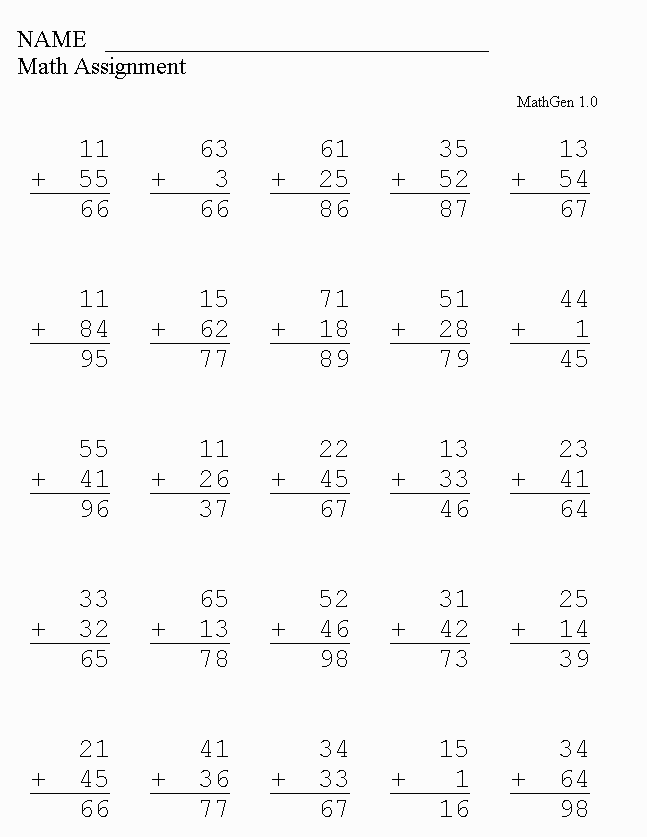 The first window has 2 flowers, the second has 3 flowers, and the third has 1 flower. How many flowers are in the class?
The first window has 2 flowers, the second has 3 flowers, and the third has 1 flower. How many flowers are in the class? - Alyosha's family has 2 boys and 1 girl. Tanya's family has 1 girl and 1 boy. Serezha has 2 boys in the family, and Katya has only 1 girl. How many girls live in the families of all children? And how many boys?
- According to the results of assessments for the 1st quarter in the 1-A class, 10 excellent students, 14 good students and 2 three students. In the 1-B grade - 8 excellent students, 12 good students and 3 three students. And in 1-B - 11 excellent students, 11 good students and 4 three students. How many excellent students, good students and three students in the entire parallel of the first classes?
Option 2
- Natasha is 8 years old, how old will she be in 3 years? In 4 years, in 10 years?
- In the stationery store, Nastya liked the felt-tip pens for 18 rubles. She has 10 rubles, 5 rubles, 2 rubles and 1 ruble.
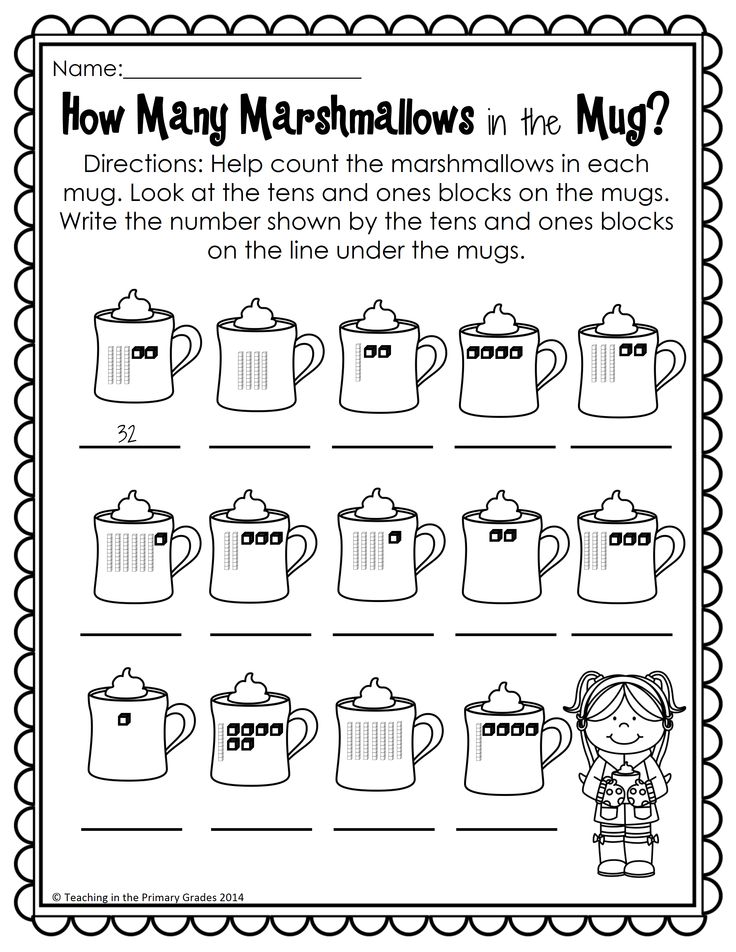 Will the girl have enough money to buy?
Will the girl have enough money to buy? - 6 girls and 12 boys went for a walk. How many children went out for a walk?
- Sasha has a pack of counting sticks. Of these, 10 are red, 8 are blue and 12 are yellow. How many sticks are in the pack?
- 4 girlfriends and 5 friends came to Polina's birthday party. How many children will sit at the festive table? (here it is important that the child does not forget to count Polina herself, the answer in the problem is 10 children).
Version 3
- Children came to the park and saw birds swimming on the lake: 8 swans and 12 ducks. How many birds were swimming in the lake?
- Children were planting saplings at school. Petya planted 2 seedlings, Anton planted 3, Natasha and Katya planted 2 seedlings. How many seedlings did the children plant in total?
- There were sweets in a box on the table. Masha ate 5 candies, Alena - 3 candies, Nastya - 6 candies, and Kolya ate 6 candies and the box was empty.
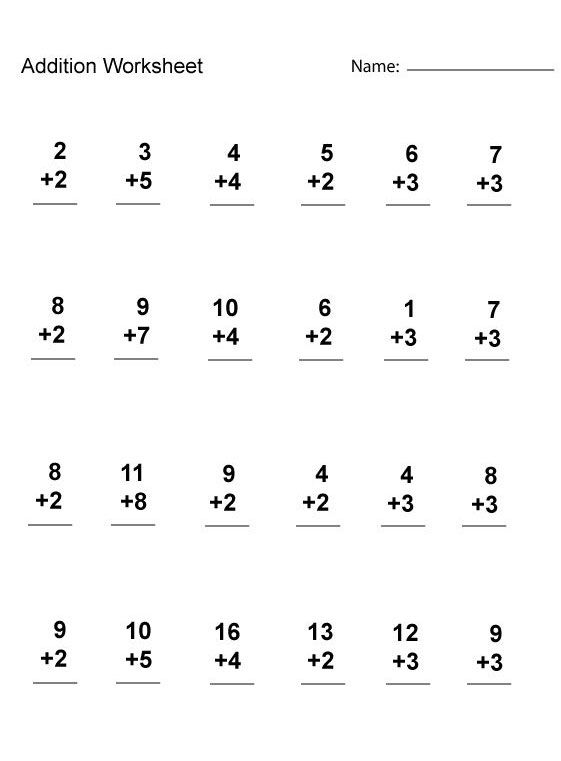 How many sweets were in the box from the very beginning?
How many sweets were in the box from the very beginning? - There are 20 postcards in Marina's collection. Yulia also has 20 postcards. How many postcards do girls have?
- Seva had 20 stamps, he was presented with 4 more stamps. How many stamps did Seva have in total?
Option 4
- Mom planted 20 cucumber bushes and 17 tomato bushes. How many plant bushes did mom plant in total? On Monday, 8 tables were brought to the canteen, on Tuesday - 7 tables, and on Thursday - 10 more. How many tables did the canteen receive in a week?
- Pasha and dad went camping. On the first day they walked 12 km. In the second - 10 km, in the third - 8, and in the fourth - 11. What path did dad and Pasha cover?
- The zoo has 12 monkeys, 8 tigers, 2 elephants, 6 bears and 4 raccoons. How many animals are in the zoo?
Important! If every day you solve one version of addition tasks with a child, then on the control tests he will show brilliant results.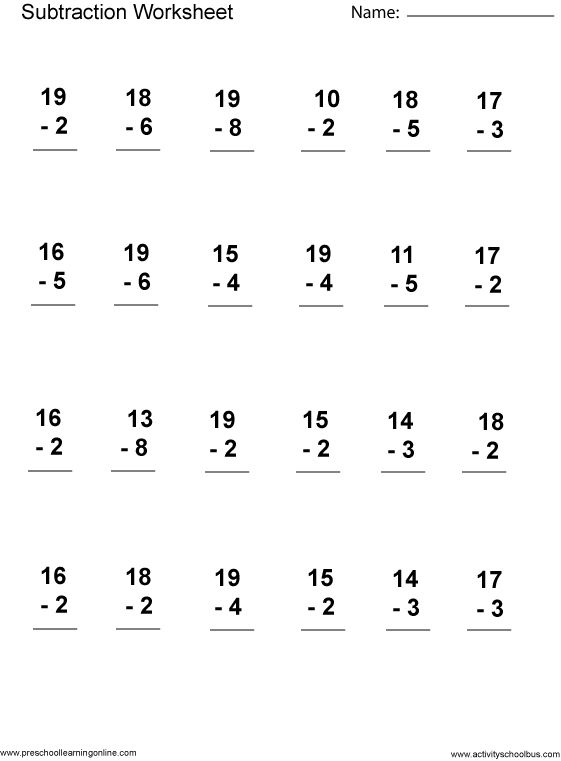
- There are 13 boys and 12 girls in class 1-A. There are 12 boys and 15 girls in grade 1-B, and 10 boys and 12 girls in grade 1-C. How many boys and how many girls are there in all first grades?
Subtraction tasks for first graders
Subtraction tasks also have their own features and characteristics. In the condition, you can always find some of the characteristic phrases: “how much is left”, “there were so many, of them ...”, “there were so many, so many left / flew away / ran away / deteriorated, etc.” and others. Here it is also important to understand what the first term, the second term and the sum are, to be able to find them in the task condition, because subtraction problems are the inverse of addition. And the concepts here are slightly different: reduced, subtracted, difference.
Below are subtraction problems for first graders. For convenience, we also divided them into options so that when doing homework, children can solve already completed tasks.
Here there are tasks both for finding the remainder (“how much is left”) and for decreasing (“by how much the number has changed”).
Option 1
- Andrei lives on the 7th floor, and Alena 3 floors below. What floor does Alena live on?
- Volodya has 17 cars, but Sasha has none. Volodya gave Sasha 8 cars. How much does he have left?
- Natasha is 12 years old, and her brother Seryozha is 7 years younger. How old is Seryozha?
- There were 10 apple trees in the garden, and 4 less pear trees. How many pears grew in the garden?
- On the first day Mila read 24 pages in the book, and on the second day she read 3 less. How many pages did Mila read on the second day?
Option 2
- Children receive books in the school library. Petya took 8 books, Alyosha took 2 books less than Petya, and Vanya took 3 books more than Alyosha. How many books did each boy take? How many books did they take together?
- There were 25 berries in a vase on the table.
 Marina ate 4 berries, Alice ate 6 berries, Mila ate 3 berries, and Katya finished the rest of the berries. How many berries did Marina and Alice eat? Mila and Katya How many berries did Katya eat?
Marina ate 4 berries, Alice ate 6 berries, Mila ate 3 berries, and Katya finished the rest of the berries. How many berries did Marina and Alice eat? Mila and Katya How many berries did Katya eat? - There were 10 plates on the table and 6 less in the sink. How many dishes were in the sink?
- Serezha is 15 years old, his sister Larisa is 4 years younger. And the youngest brother Boris is 7 years younger than Larisa. How old are Larisa and Boris?
- Mom planted 30 cucumber bushes, 17 bushes sprouted. How many cucumber bushes were lost in total?
Option 3
- The children went to the forest for mushrooms. Dima found 10 russula and 7 white mushrooms. Tanya found 3 less russula and 2 less white ones. How many and what kind of mushrooms did Tanya find?
- The first house has 12 entrances, the second house has 4 entrances less than the first one. And in the third house there are 6 entrances less than in the first. How many entrances are in each of the houses?
- There are 23 apples in the first basket, and 11 less apples in the second.
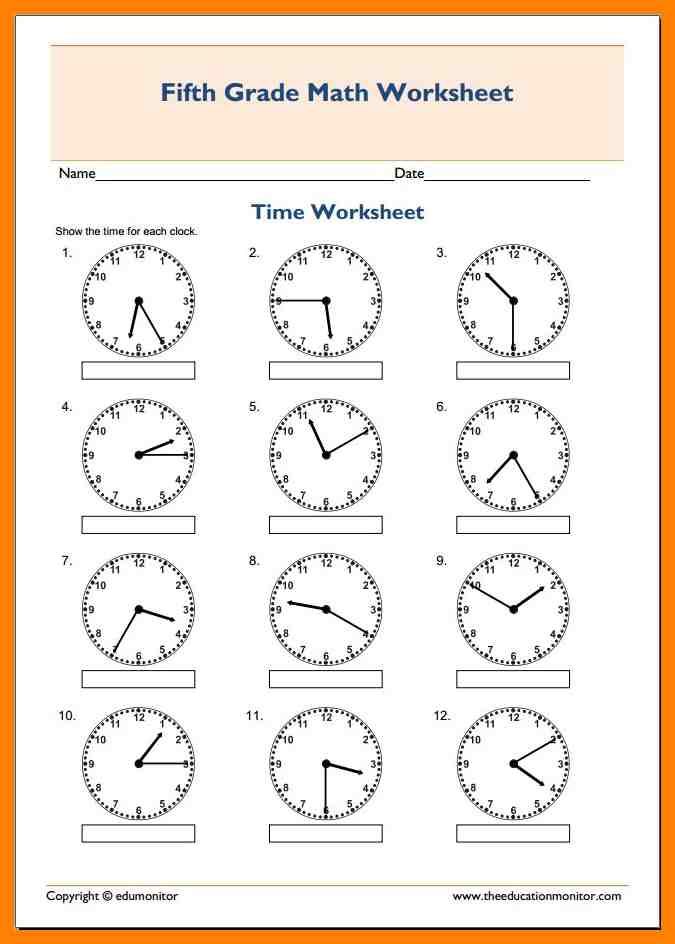 How many apples are in both baskets?
How many apples are in both baskets? - 12 girls participated in the performance, and 3 less boys. How many boys were in the play?
- There are 15 roses in one vase and 8 less in another. How many roses are in the second vase?
Option 4
- Sweets cost 30 rubles, and bread is 15 rubles cheaper. How much does bread cost?
- Grandmother baked pies. With potatoes 30 pieces, with jam 10 less than with potatoes, and with cabbage 5 less than with potatoes. How many and what kind of pies did grandma bake?
- There were 20 men on the bus. There were 5 fewer women than men, and 7 fewer children than women. How many people were on the bus in total?
- Children receive books in the school library. Sasha took 5 books, Misha took 2 books less than Sasha, and Serezha took 2 books more than Misha. How many books did each boy take? How many books did they take together?
- 20 buckets of water were used to water the garden.
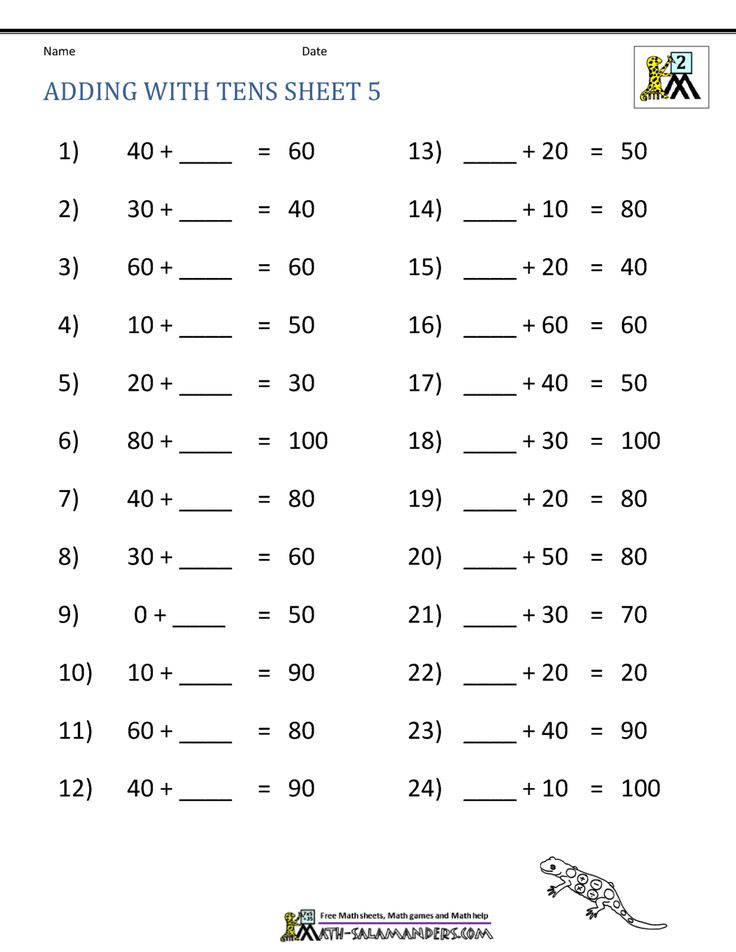 12 buckets went to the beds with cabbage. How much went to the beds with carrots?
12 buckets went to the beds with cabbage. How much went to the beds with carrots?
Comparison tasks for first graders
- Comparison tasks are aimed at finding a number that is less or more than the original. In principle, to some extent they can be attributed to addition or subtraction tasks, so we decided not to describe these tasks by options, but to give several similar examples:
- There were 10 cats on the roof: 7 black and 3 grey. How many more black cats than gray ones?
- In the village, my grandmother has chickens and ducks. There are 18 chickens and 15 ducks. How many more chickens than ducks.
- Tanya has 3 dolls, and Dina has 4 more. How many dolls does Dina have? How many dolls does Tanya have less?
- Marina is 14 years old and Misha is 9. How many years is Marina older than Misha?
- There are 8 cars in the garage. Of these, 3 trucks and 5 cars. How many fewer trucks than cars?
- Dima was presented with gifts for his birthday.
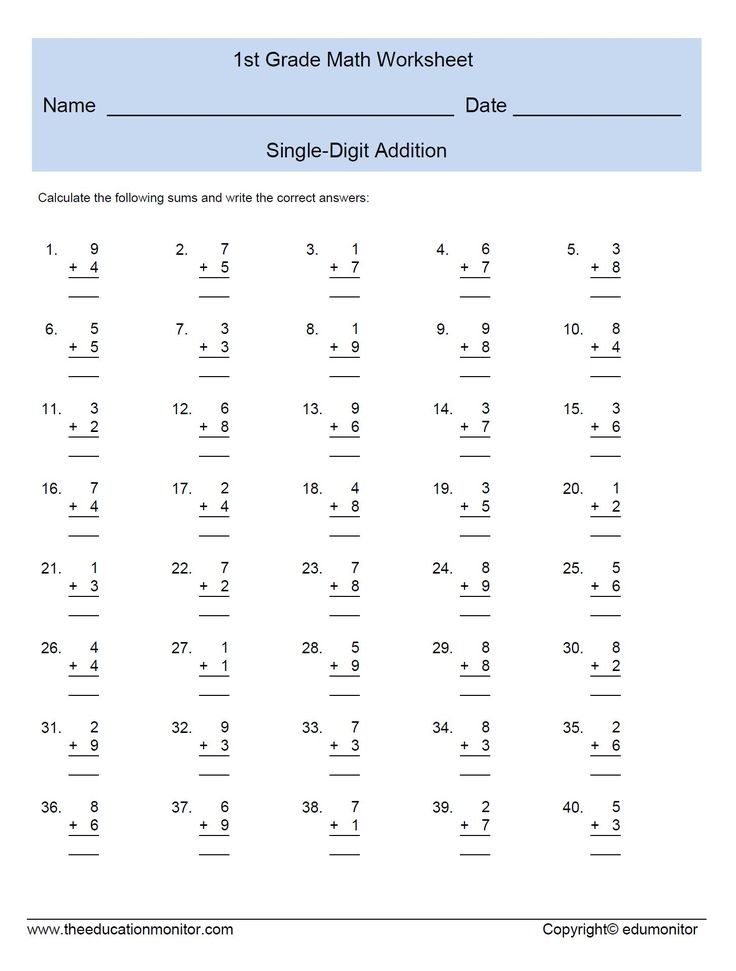 First, mom and dad gave 2 gifts, then friends brought 5 gifts. How many more gifts did Dima have?
First, mom and dad gave 2 gifts, then friends brought 5 gifts. How many more gifts did Dima have? - On the first day of vacation, Yura solved 5 problems, on the second - 7, and on the third - 2. How many more problems did Yura solve on the second day?
- How many problems less than on the first did Yura solve on the third day? And how many fewer problems did he solve on the third day than on the second?
- Sonya had 3 oranges and 10 apples. How many more apples than oranges?
- Olya has 3 hares and 2 squirrels. Mila has 5 dolls and 1 bear. Who has more toys and by how many?
- Cows were grazing in the meadow. 7 goats came to them and in total there were 15 animals in the meadow. How many cows were there?
Logic tasks for first graders
Articles with teachers' recommendations and lists of exercises and tasks have already been devoted to the development of logical thinking. Here we present several logical tasks that will allow not only to develop, but also to train the logic of first graders.

- Which is easier? A kilogram of cotton wool or a kilogram of nails? Tea, compote and cocoa were poured into a glass, mug and cup. There is no cocoa in the mug. There is no cocoa in the cup, and no compote. What was poured into what?
- How many fingers are on 3 hands?
- How many paws do 4 cats have?
- How many hands do 10 children have?
- Lena and Misha saw 2 ships in the sea. How many ships did each of the children see?
- Kitten tails sticking out from under the bed. How many kittens are there if 7 tails are visible?
- Dogs hid behind the fence. You can see 12 paws from under the fence, how many dogs are behind the fence?
- There are 5 peaches and 8 pears on the table. How many apples and plums will there be in total?
- There are 2 glasses of milk on the table. Petya drank the milk and put the camp on the table. How many glasses are on the table?
- Vanya left the school. 3 girls walked towards him.
 How many children left school?
How many children left school? - Seven first graders went from home to school: Petya, Masha, Liza, Grisha, Tolya, Misha and Larisa, and 4 second graders: Seryozha, Tanya, Mila and Vanya. How many girls went to school?
- To get into the theater 2 daughters and 2 mothers needed 3 tickets. How could this happen?
- Misha is 2 years older than Lena. How much older will he be than Len in 5 years?
- Lena and Milana planted 10 flowers each and finished the work at the same time. Milana started work earlier. Which of the girls worked slower?
Instead of a conclusion
Mathematical development of first-graders is of great importance in their education. By solving examples and problems, the child acquires new experience, knowledge and skills. Learns to think logically and mathematically, find solutions from various situations, more successfully master related sciences in further studies.
Children's progress should not be left to chance, and every effort should be made to help them in this difficult task, like studying in the first grade. After all, it was at this time that the foundation was laid for his further studies at school.
After all, it was at this time that the foundation was laid for his further studies at school.
To index
- 179 thousand 10
- 3
Math assignments for grade 1 - interesting math tasks for grade 1
Four Reasons to Love Math from Grade 1
Development of logical thinking
Mathematics teaches you to analyze data, establish relationships and find the best solution. These skills will help you cope with more than one life task.
Achieving success in any profession
The ability to operate with numbers is necessary not only for economists. Mathematics is necessary even in such creative professions as an architect and a photographer.
Increasing authority in your environment
At school, a child who understands mathematics will be respected by his peers, and outside of school he will not allow himself to be deceived, for example, at the checkout in a store.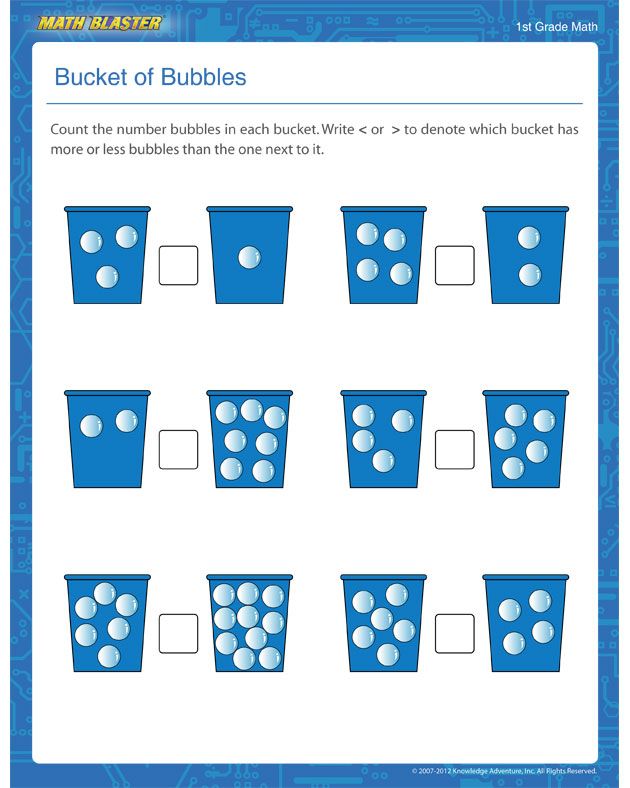
Development of communication skills
It is not obvious, but it is a fact: those who are doing well with mathematics are more harmonious, logical and consistent in expressing their thoughts. This means that it is more pleasant to communicate with them.
What should mathematics be like for 1st grade students?
Submitted in an unbanal and playful way
In Umnasia, all tasks are presented in an interactive format with colorful illustrations and pleasant voice acting. Children go through a story game, during which they have to solve mathematical and logical problems.
Does not overload the child
Each lesson is devoted to a separate topic and lasts about 30-40 minutes. The child can study at any time and divide the lessons as he likes.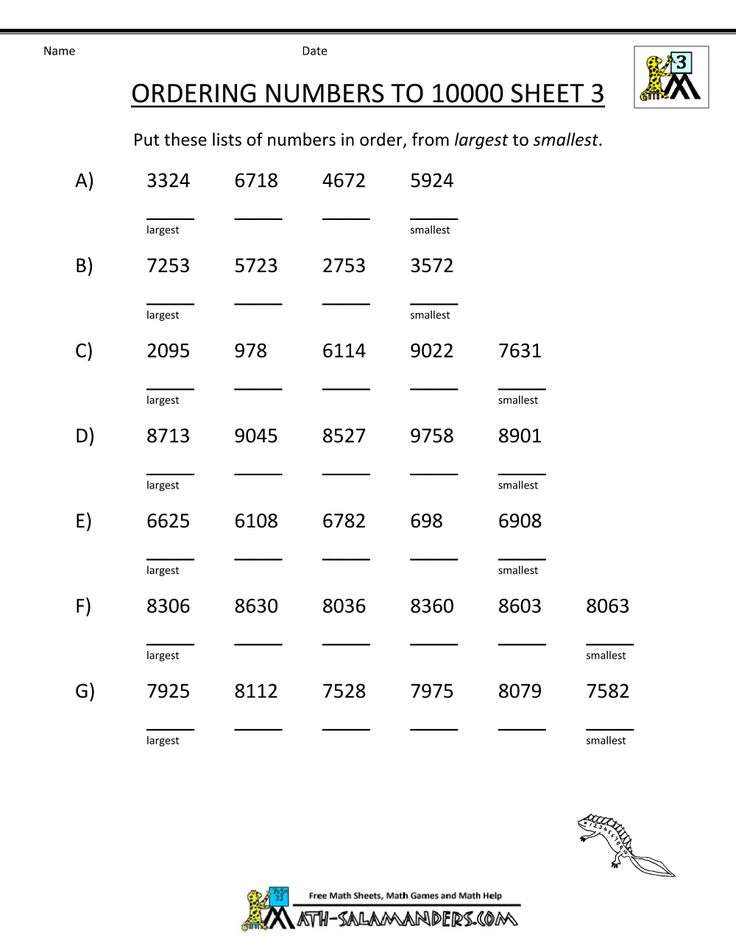 You can even start with 5-10 minutes a day!
You can even start with 5-10 minutes a day!
Develops logic and creativity
The child will learn to solve mathematical and logical problems not faster, but more rationally. The ability to find the right and sometimes non-standard solutions will come in handy more than once outside the school.
What tasks in mathematics for grade 1 does Umnasia offer?
Classification tasks
Finding patterns
Math problems for logic
Truth and Lie Problems
Magic squares
Math puzzles
Transfusion tasks
Weighing problems
Tasks solved from the end
Tasks for speed
Brute force problems
Geometric problems
Get Started
Examples of tasks in mathematics for grade 1
Problem 1
Masha's collection of candy wrappers grew very large, and Masha decided to collect them all in a separate album, dividing them into groups: chocolate, toffees, caramels, the rarest ones, and so on.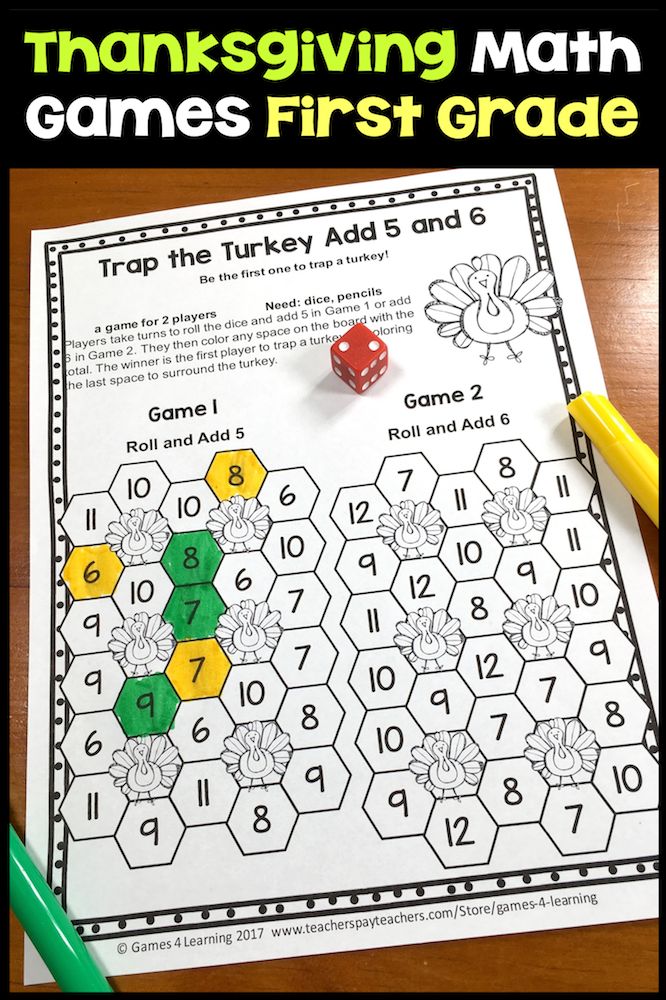 The girl drew the first page of the album in such a way that she got three rows of 7 cells, in each of which she will place one candy wrapper.
The girl drew the first page of the album in such a way that she got three rows of 7 cells, in each of which she will place one candy wrapper.
What is the minimum number of lines Masha could draw for this?
Solve the problem
Problem 2
Finn, Jake, Princess Pupyrka, Snow King and Marceline competed in throwing gummies. Finn has been known to throw his gummies closer than Jake. Pupyrka threw the marmalade the farthest, and Marceline showed the worst result. The Snow King threw the gummies further than Jake.
Can you tell which competitor came in third place?
Solve the problem
Problem 3
The name of the head of the family is Anton Petrovich. His sons are Dmitry and Anton, and his grandchildren are Miron and Anton.
What is the smallest possible number of Antonov Antonoviches in this family?
Solve the problem
Solve problems in mathematics for grade 1
Get to know the format of the Mathematical Thinking course.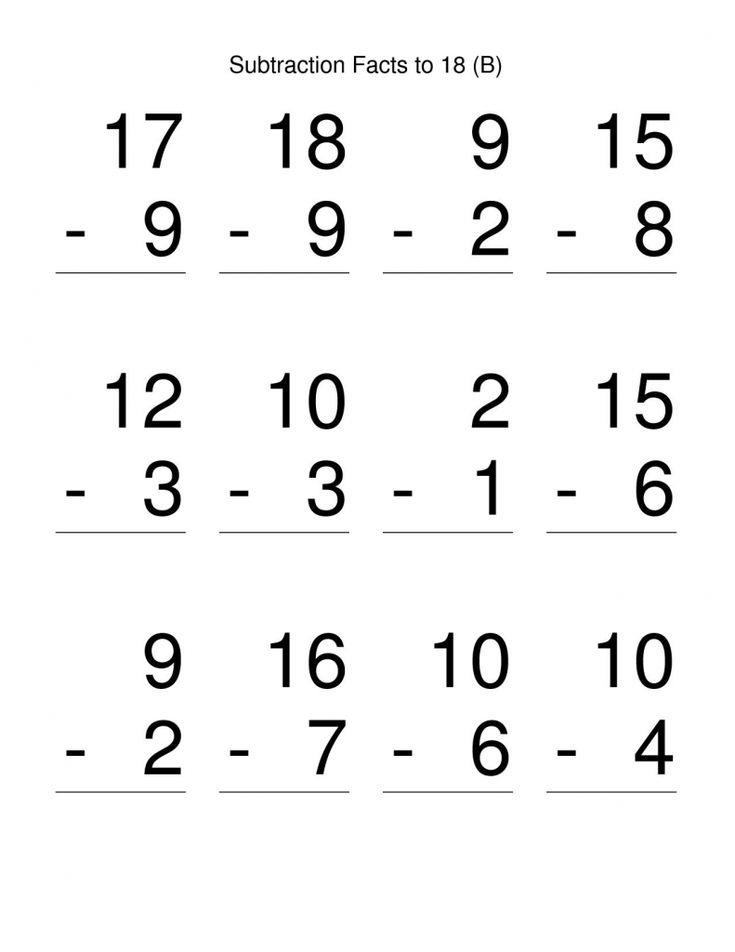 Complete the story game and solve three math problems!
Complete the story game and solve three math problems!
Solve problems
In Umnasia, children develop logical thinking by solving exciting story-driven math puzzles
Thoughtful program
Mathematical thinking courses are developed on the basis of many sources, the expertise of methodologists and teachers, divided into 10 topics with theory and game tasks with explanation
Fascinating tasks
The child solves plot game problems in mathematics to study new topics and consolidate what has been passed in each course. No boredom! None of the tasks are repeated!
Diplomas and awards
At the end of each course, the child solves a test or passes a game, receiving a certificate if successful.

